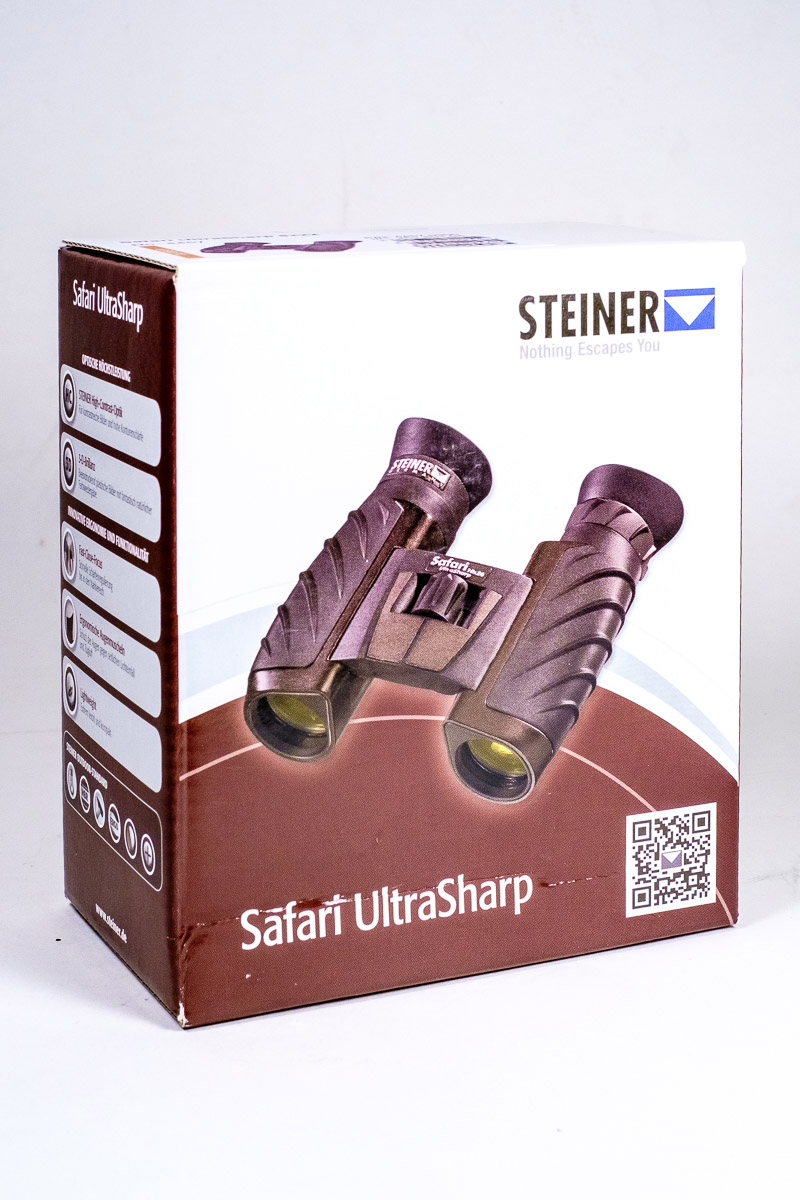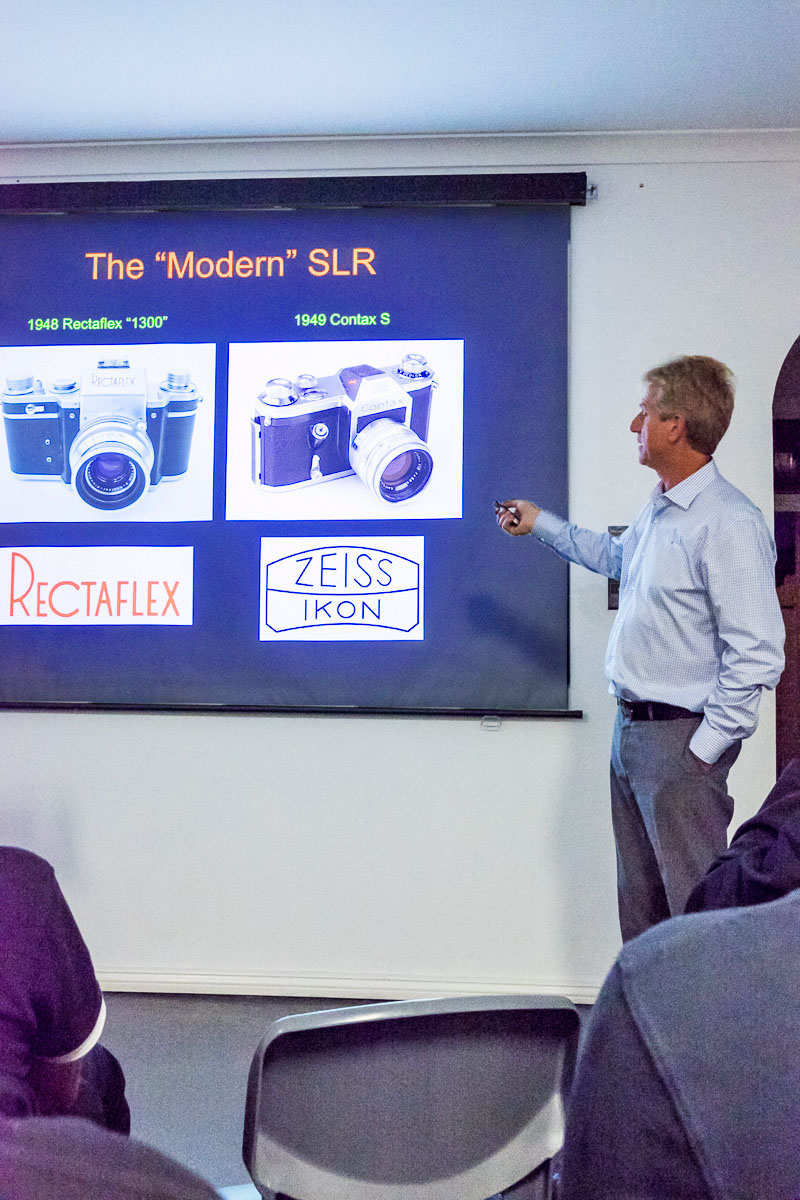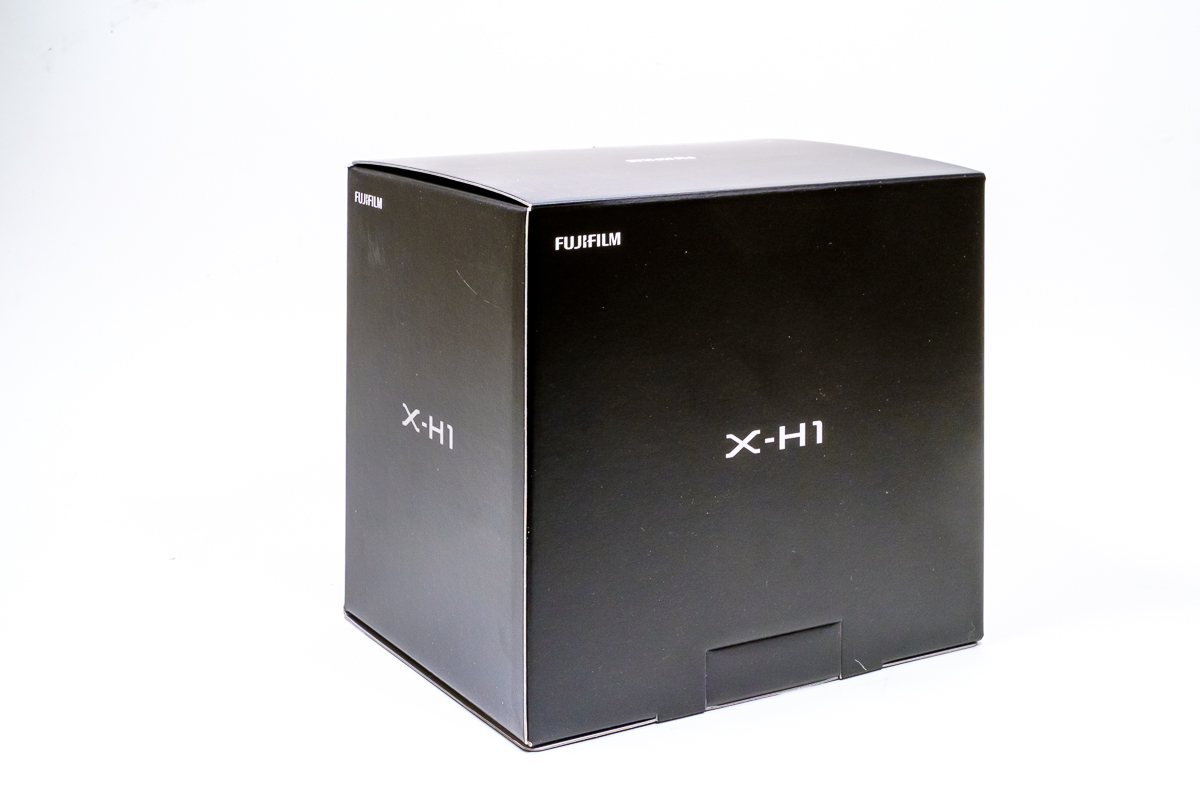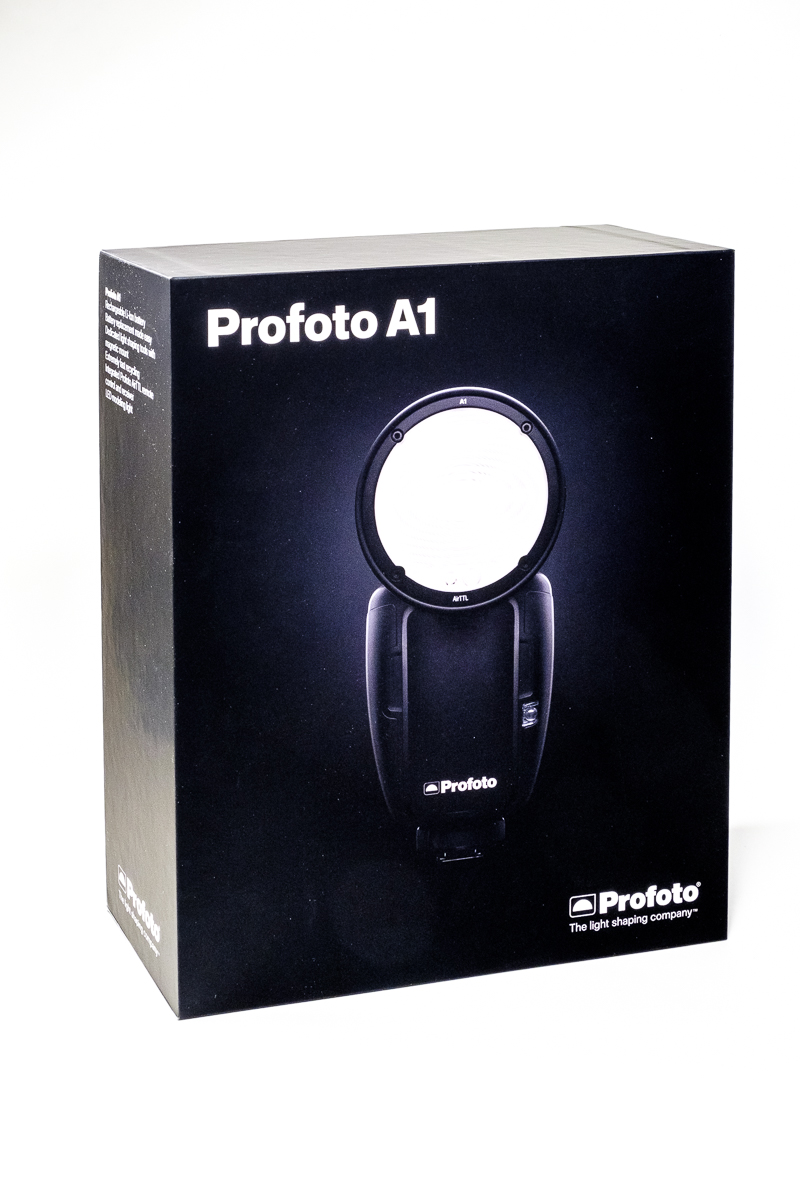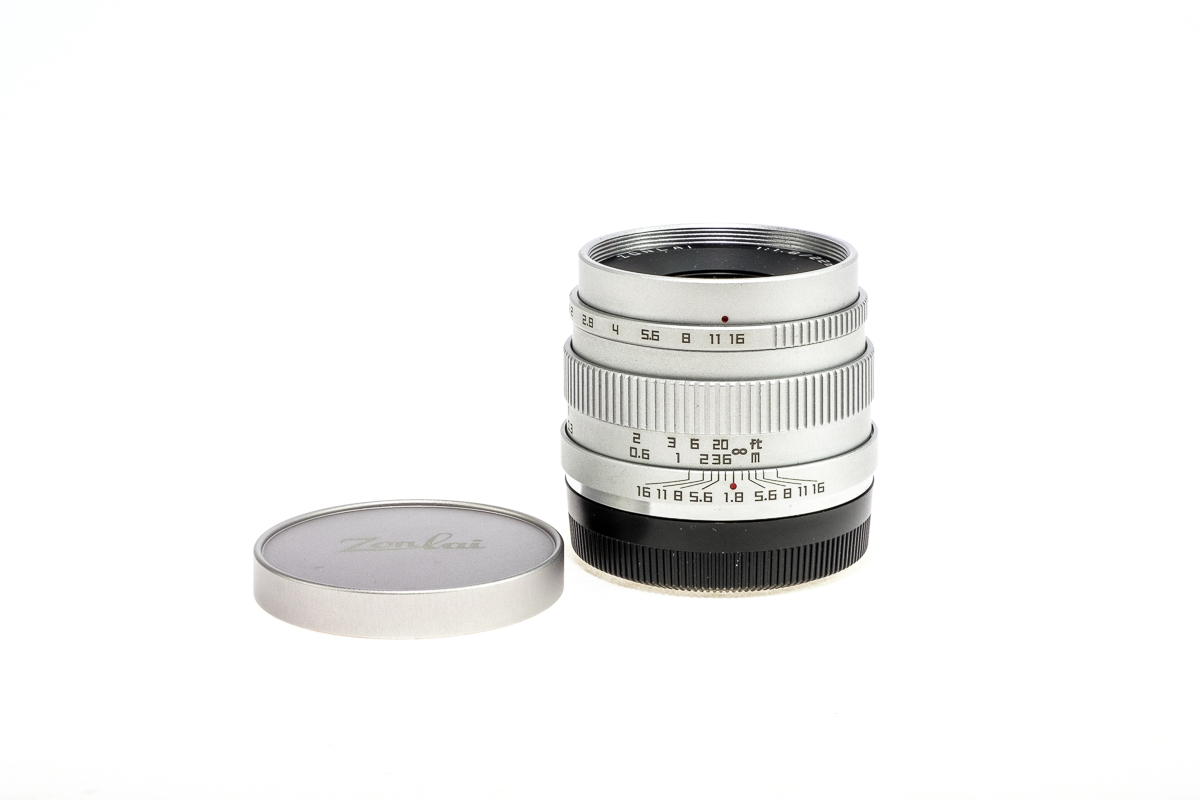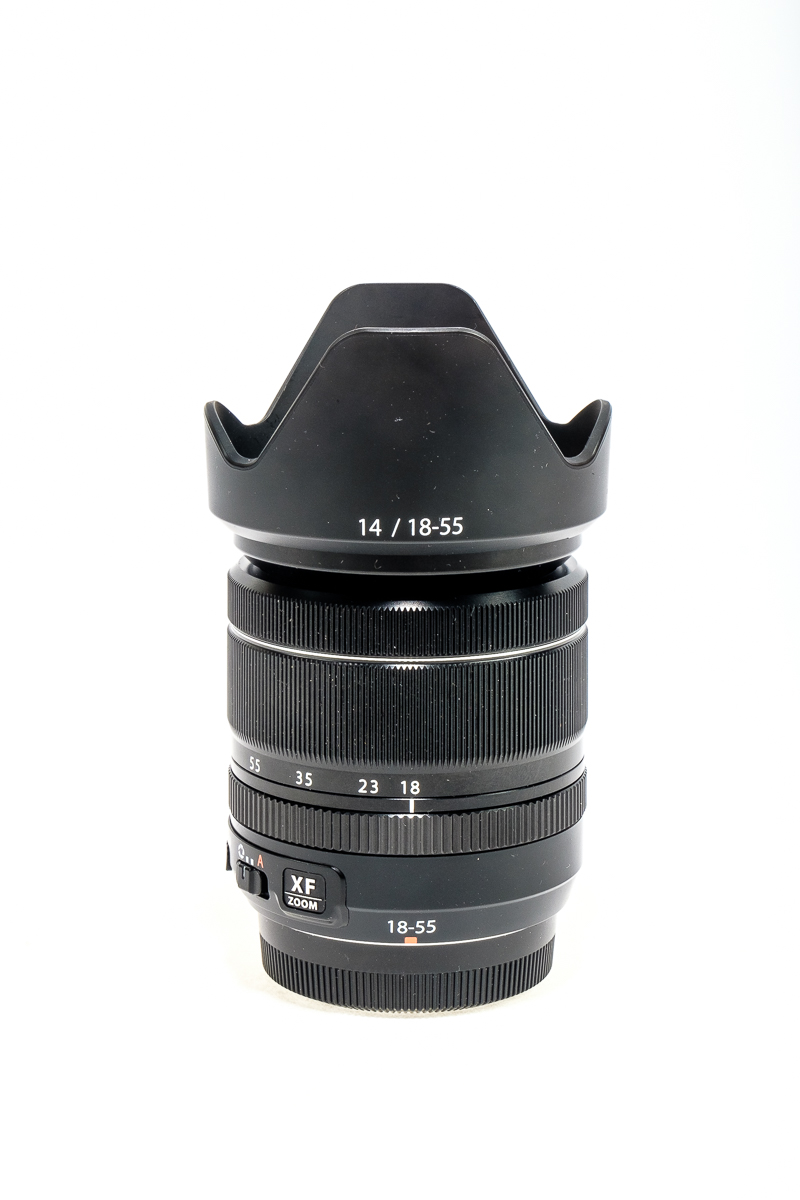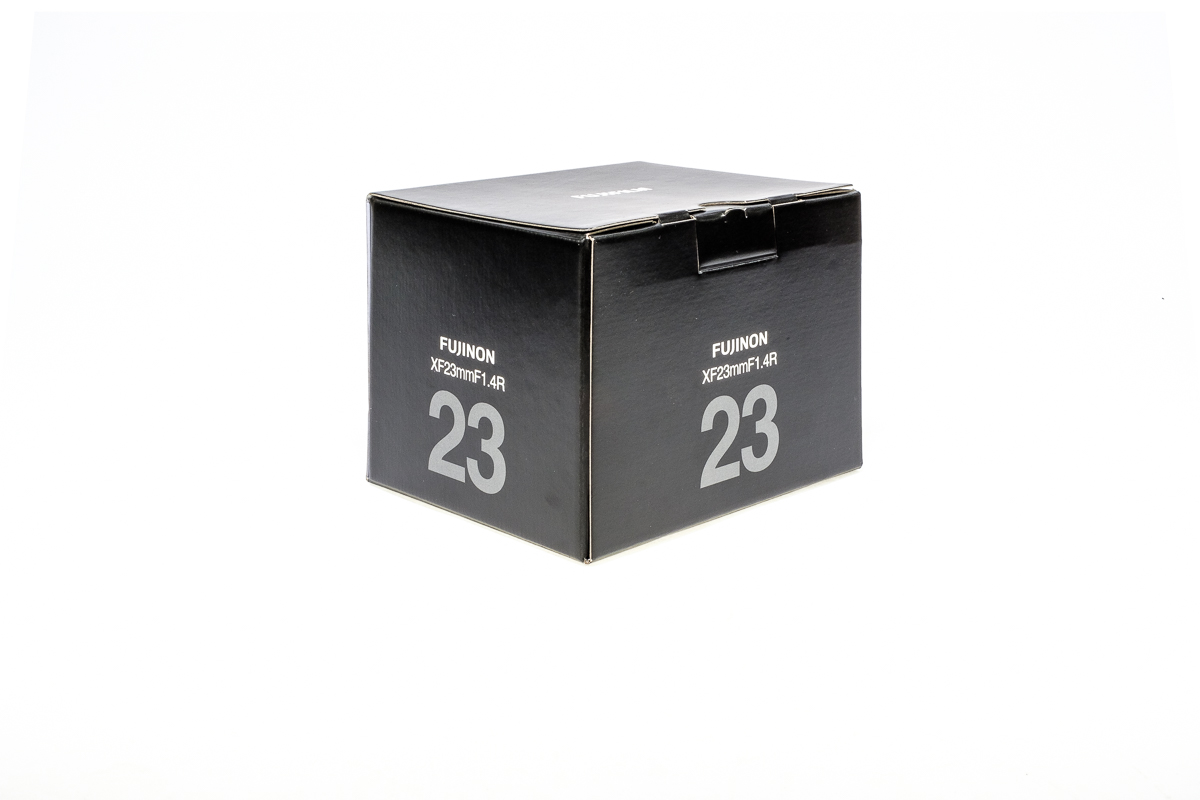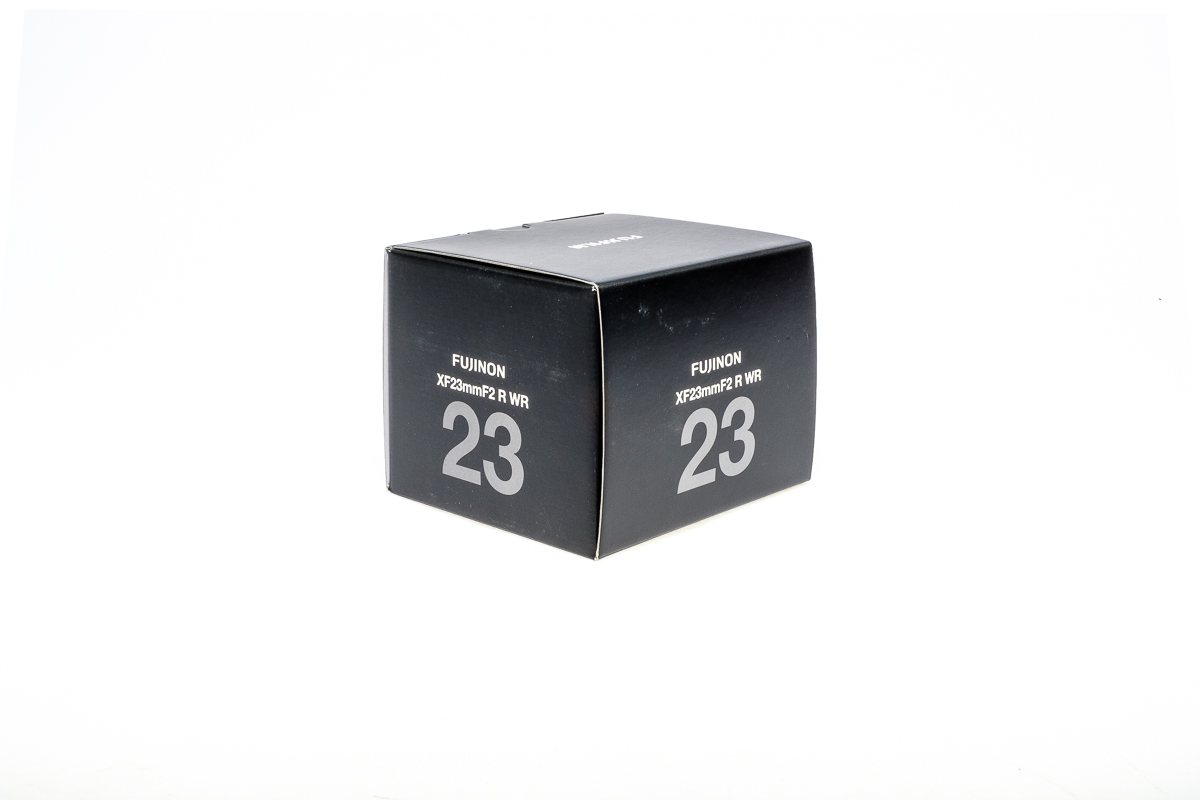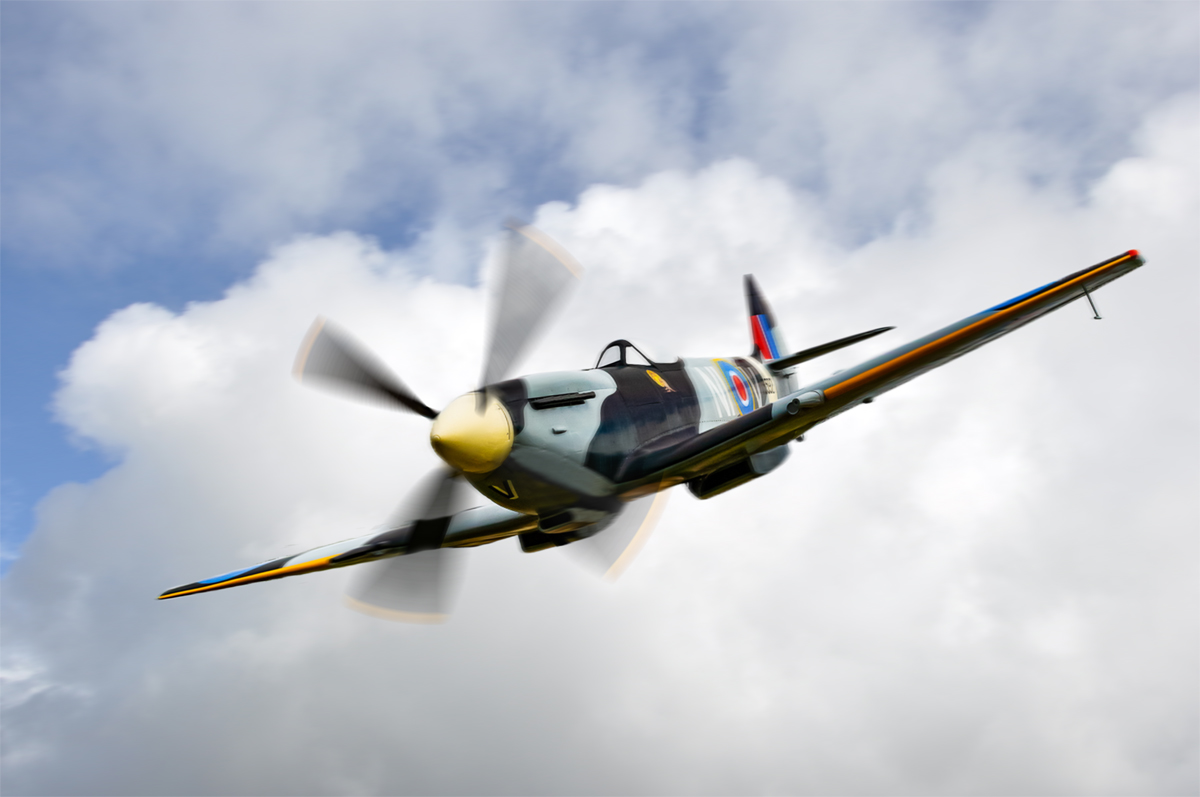Posted at 08:36h
in
Blog,
Dick's Rant
by Uncle Dick
[social_share]
When Fujifilm decided to make their mirror-less medium format camera, the GFX50s, most people saw it as an unusual step out of line for the firm. A flouting, if you will, of their basic philosophy that used an APS-C sensor in various ways.
I don't agree with this judgement, as I saw it as only a next step on from the X-T series of cameras. Utilizing a larger sensor but trying to get the same still performance as the X-T2 spread out over a larger area. I think it worked - my brief time using the larger camera in the studio showed it to be a masterful performer. The people who want that level of resolution and output have a viable alternative to much more expensive systems.
But what shall we think about the Fujifilm X-H1? It's been on the market for several months and an example has just made it across the Little Studio product table today. Is it a real, new, product-that-we-all-need? Well, let's unpack it and see...


